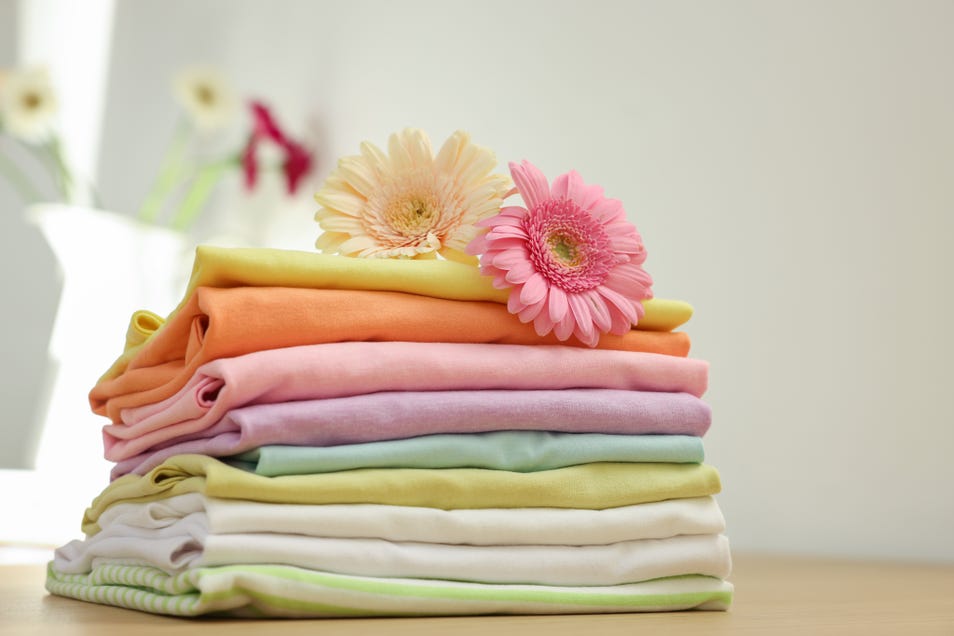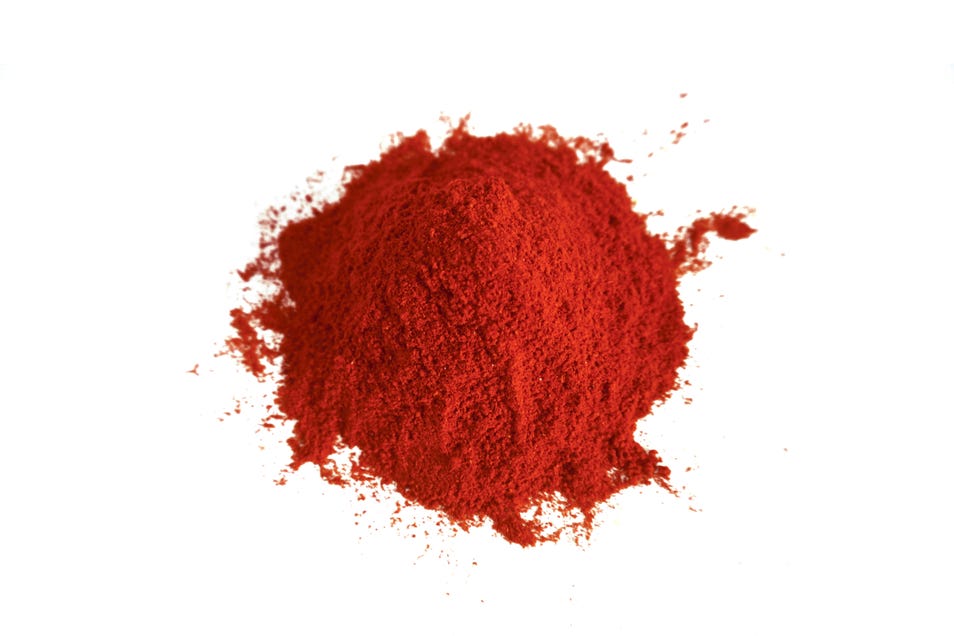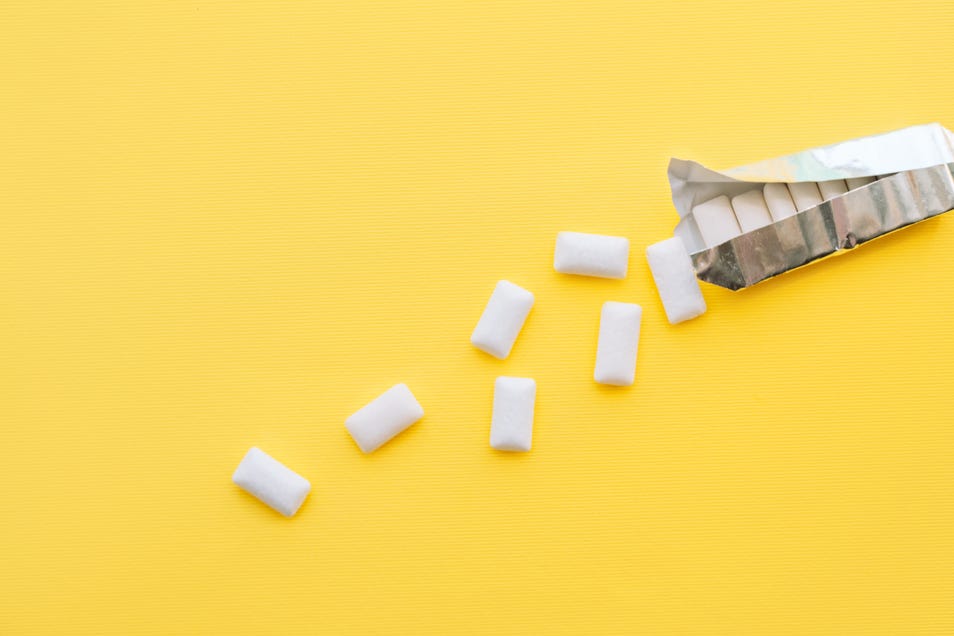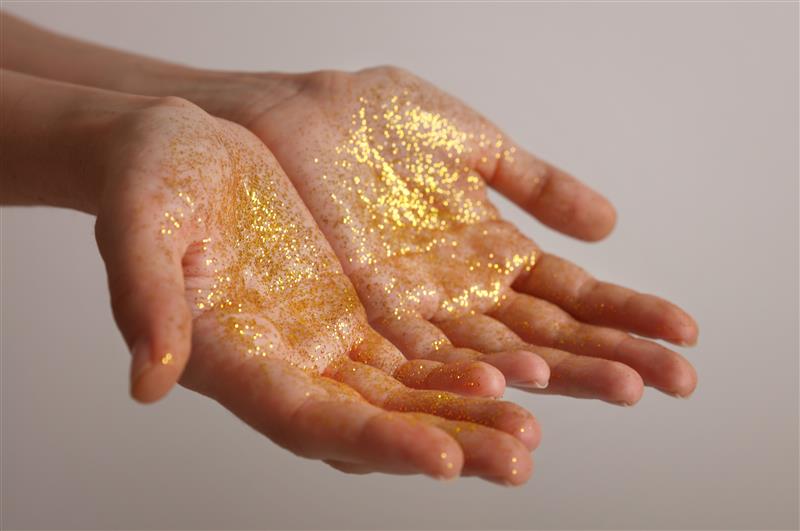How to Remove Sindoor Stains from Clothes: A Quick Guide
Sindoor, the vibrant red or orange powder, holds immense cultural and religious significance in many traditions. Whether it's part of a wedding ceremony, a festival, or a daily ritual, sindoor often finds its way onto clothes—sometimes unintentionally. While it symbolises love and prosperity, sindoor stains on clothes can be a headache to deal with, especially if they end up on your favourite white outfit.
But don't worry! Removing sindoor stains doesn't have to be a daunting task. With the right techniques and a little patience, you can restore your clothes to their former glory. In this guide, we'll walk you through everything you need to know about how to remove sindoor stains from clothes, including tips for tackling those stubborn marks on white fabrics.
Why Are Sindoor Stains So Tricky?
Before diving into the solutions, let’s understand why sindoor stains are so persistent. Sindoor is typically made from a combination of natural and synthetic dyes, turmeric, and other pigments. These ingredients are designed to be long-lasting, which is great for cultural significance but not so great for your clothes.
The fine powder can easily seep into fabric fibres, making it challenging to remove, especially if the stain has dried or set in. The good news? With the right approach, you can effectively tackle sindoor stains, whether they’re on coloured or white clothes. Let’s get started!
Step-by-Step Guide: How to Remove Sindoor Stains from Clothes
1. Act Fast
The golden rule for removing any stain is to act quickly. The sooner you address the sindoor stain, the easier it will be to remove. If you notice the stain while it’s still fresh, gently blot (not rub!) the area with a clean cloth or paper towel to remove as much powder as possible. Avoid rubbing, as this can push the stain deeper into the fabric.
2. Shake Off Excess Powder
If the sindoor is still in powder form, take the garment outside and shake it vigorously to remove any loose particles. This step helps prevent the stain from spreading further when you start treating it.
3. Rinse with Cold Water
Hold the stained area under cold running water, preferably from the back of the fabric. This helps push the stain out rather than deeper into the fibres. Avoid using hot water, as it can set the stain and make it harder to remove.
4. Use a Mild Detergent
Apply a small amount of mild liquid detergent directly to the stain. Gently work the detergent into the fabric using a soft brush. Let it sit for 10–15 minutes to break down the stain.
5. Try a Stain Remover or Baking Soda Paste
For tougher stains, consider using a stain remover or making a paste with baking soda and water. Apply the paste to the stain, let it sit for 20–30 minutes, and then rinse with cold water. Baking soda is a gentle abrasive that can help lift the stain without damaging the fabric.
6. Wash as Usual
After treating the stain, wash the garment as you normally would, following the care label instructions. Use cold water and check the stain before drying. If the stain is still visible, repeat the treatment process.
How to Remove Sindoor Stain From White Clothes
White clothes are particularly prone to showing sindoor stains, and removing them requires a bit more care. Here’s how to remove sindoor stain from white clothes without causing discolouration or damage:
1. Lemon Juice and Sunlight
Lemon juice is a natural bleaching agent that works wonders on white fabrics. Apply fresh lemon juice to the stain and let it sit for 10–15 minutes. Then, place the garment in direct sunlight. The combination of lemon juice and sunlight can help fade the stain naturally.
2. Hydrogen Peroxide Solution
Mix one part hydrogen peroxide with two parts water and apply it to the stain. Let it sit for 10 minutes before rinsing with cold water. Hydrogen peroxide is a gentle bleach alternative that’s safe for most white fabrics.
3. White Vinegar Soak
Create a solution of equal parts white vinegar and water. Soak the stained area in the solution for 30 minutes, then rinse and wash as usual. Vinegar helps break down the dye and is safe for white clothes.
4. Avoid Chlorine Bleach
While it might be tempting to reach for chlorine bleach, it’s best to avoid it. Bleach can react with the dyes in sindoor and cause yellowing or further staining. Stick to gentler alternatives like hydrogen peroxide or lemon juice.
Preventing Sindoor Stains
Prevention is always better than cure! Here are a few tips to avoid sindoor stains in the first place:
• Use a Barrier: If you’re applying sindoor, consider wearing a scarf or towel over your clothes to catch any falling powder.
• Be Mindful: When participating in rituals or ceremonies involving sindoor, be cautious about leaning against surfaces or touching your clothes.
• Choose Washable Fabrics: If you know you’ll be around sindoor, opt for clothes made from washable fabrics that are easier to clean.
Keep the Traditions, Not the Stains
Removing sindoor stains from clothes doesn’t have to be a stressful experience. With the right techniques and a little patience, you can effectively tackle even the most stubborn stains. Whether you’re dealing with coloured or white clothes, the key is to act quickly, use gentle cleaning agents, and avoid harsh chemicals that could damage the fabric.
So, the next time you find yourself wondering how to remove sindoor stain, refer back to this guide. And remember, a little sindoor on your clothes is just a reminder of the beautiful traditions and celebrations you’ve been a part of!
Source:
https://www.treehugger.com/lemon-juice-salt-and-the-sun-work-together-to-fight-stains-4868586
https://cleanheartmaids.com/hydrogen-peroxide-to-clean-your-home/#:~:text=Hydrogen%20peroxide%20(H2O2)%20is%20a,it%20easier%20to%20wipe%20away.
https://www.thespruce.com/how-to-remove-clothing-stains-1387973





